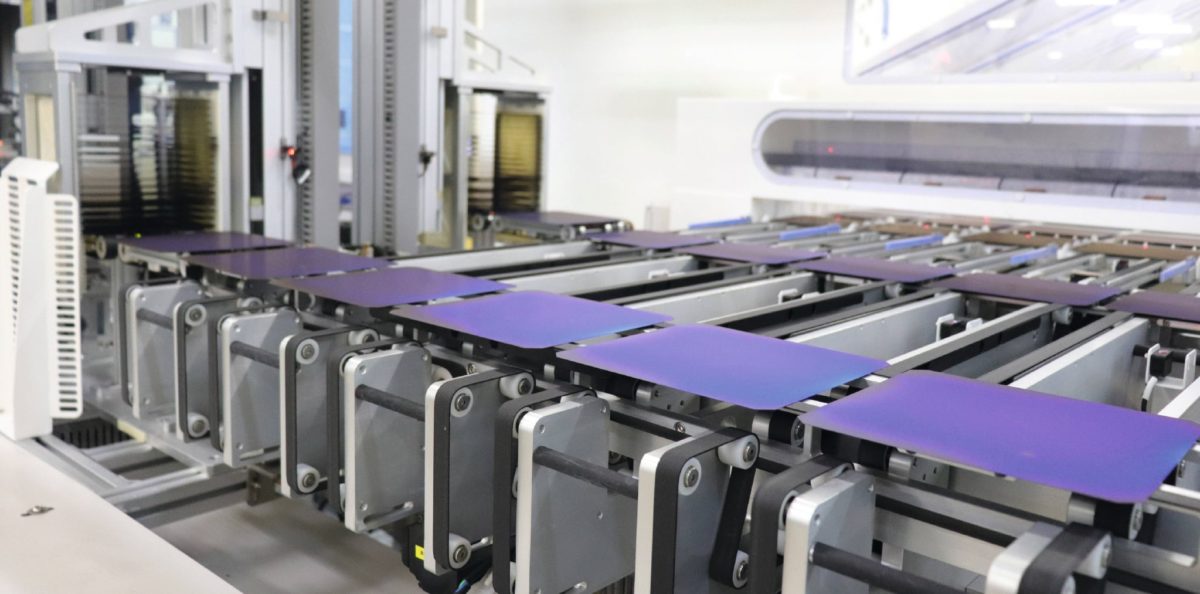This week New York Governor Kathy Hochul and U.S. Senate Majority Leader Charles Schumer announced that Edwards Vacuum has chosen the Western New York Science & Technology Advanced Manufacturing Park (STAMP) for their new $319 million, U.S. dry pump manufacturing facility.
The investment is expected to have positive cascading effects for a wide range of industries. Vacuum pumps are an essential component of the manufacturing processes for semiconductors, solar cells, modules, and ingots. Located in Genesee County in upstate New York, this new facility is expected to create 600 jobs within the 1,250-acre STAMP mega-site, which features high-capacity, low-cost 100% renewable electricity in a strategic tech corridor.
After the COVID-19 pandemic revealed weaknesses in global supply chains, there has been a push to secure them domestically for vital manufacturing components. For the solar supply chain, the fraught trade relationship with China, and the global energy crisis caused by Russia’s invasion of Ukraine have further emphasized this.
“Against a backdrop of growing demand, clearly showing a greater need for investment in manufacturing capabilities that are located close to our customers, we continue to commit significant investment in our operational footprint,” said Kate Wilson, president of Edwards’ Semiconductor business.
Building upon Micron’s recent $100 billion investment in semiconductor production in central New York, the Empire State is quickly rising as a global leader in the semiconductor and renewables manufacturing industries.
This transformation has been driven in part by New York’s Climate Leadership and Community Protection Act (CLCPA), the Accelerated Renewable Energy Growth and Community Benefit Act, and the combination of state and federal CHIPS bills. Substantial progress is still needed to meet the CLCPA’s goal of 70% renewable energy by 2030, including 10 GW of distributed solar, 3 GW of storage, and to reach a carbon-free electricity sector by 2040.
The next part of New York’s energy saga will be determined on Nov. 8, as voters go to the polls for the gubernatorial election and the Environmental Bond Act of 2022, which proposes a $4.2 billion issuance in green bonds from the state, with $1.2 billion going to climate mitigation and renewable energy.
This content is protected by copyright and may not be reused. If you want to cooperate with us and would like to reuse some of our content, please contact: editors@pv-magazine.com.








By submitting this form you agree to pv magazine using your data for the purposes of publishing your comment.
Your personal data will only be disclosed or otherwise transmitted to third parties for the purposes of spam filtering or if this is necessary for technical maintenance of the website. Any other transfer to third parties will not take place unless this is justified on the basis of applicable data protection regulations or if pv magazine is legally obliged to do so.
You may revoke this consent at any time with effect for the future, in which case your personal data will be deleted immediately. Otherwise, your data will be deleted if pv magazine has processed your request or the purpose of data storage is fulfilled.
Further information on data privacy can be found in our Data Protection Policy.